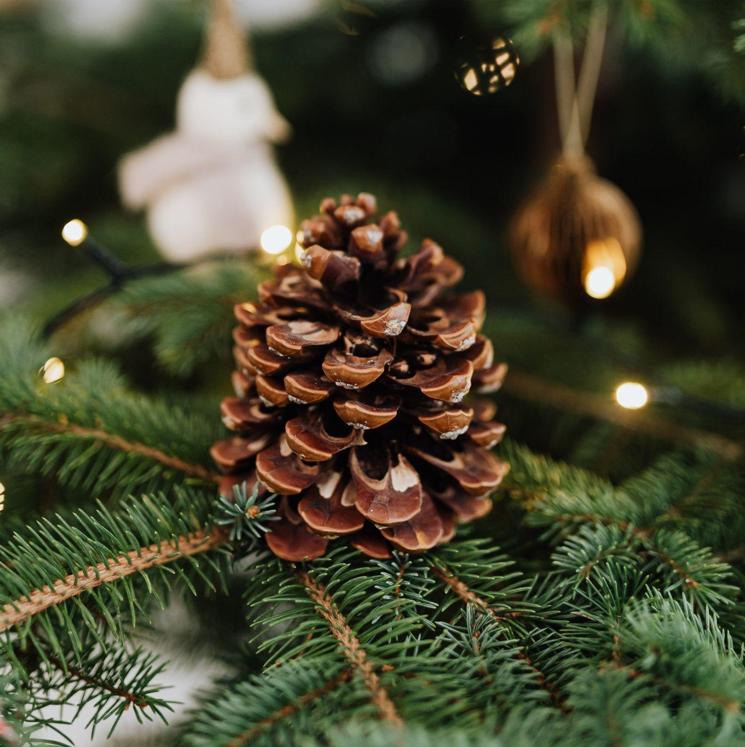The History and Development of Artificial Christmas Trees
Artificial Christmas trees have come a long way since their inception in the early 20th century. Initially developed to solve deforestation, these trees were made from feathers, dyed feathers, or brush bristles. It was in the 1950s that companies began using PVC (polyvinyl chloride) to create more realistic-looking trees. Today, artificial Christmas trees are made out of various materials, including PE (polyethylene) and even recycled plastic bottles.
But why the need for artificial trees in the first place? During the early 20th century, the demand for real Christmas trees was outpacing the supply, leading to deforestation in many areas. Additionally, transporting these trees across long distances was costly and environmentally damaging. Artificial trees provide a convenient and environmentally friendly alternative.
Using Artificial Christmas Trees in Science Projects and Experiments
Artificial Christmas trees are not just for holiday décor. They can also be used in science projects and experiments. For example, you can create a mini volcano using a small artificial tree as the base. Add vinegar, baking soda, and food coloring, and watch as the tree erupts with faux lava.
Another experiment involves using an artificial tree to demonstrate the effects of acid rain. Mix vinegar and water in a spray bottle and mist the tree. Over time, the acid in the vinegar will cause the “branches” to wilt and die, simulating the impact of acid rain on real trees.
Artificial Christmas trees can also be used as a base for creating other types of trees, such as deciduous or evergreen trees. These can be used in environmental science projects or to teach children about the different types of flora found in the world.
In addition to being versatile in science projects, artificial Christmas trees are a great way to teach children about sustainability and environmental conservation. By using artificial trees instead of real ones, you can reduce your carbon footprint and conserve natural resources.
Conclusion:
Artificial Christmas trees have become a beloved part of holiday décor, but they have a much deeper history than most people know. From their origins as a solution to deforestation to their use in science experiments and projects, artificial trees provide a wealth of possibilities for learning and conservation. Consider incorporating an artificial tree into your next science project or experiment and discover the many ways in which these festive trees can be used beyond the holiday season.



